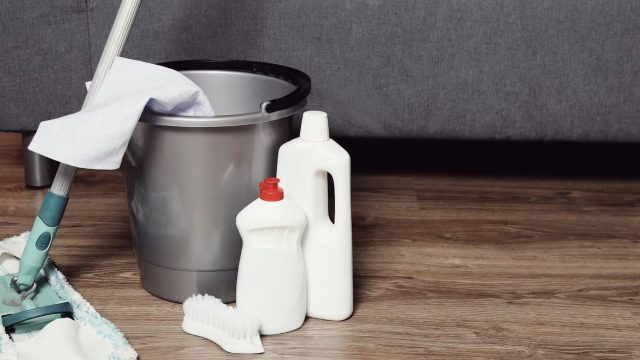Your home’s flooring takes a beating every day, and over time, minor issues may arise, from scratches and dents to loose tiles or creaky floorboards. While calling in the professionals is always an option, tackling these minor problems yourself can be both satisfying and cost-effective. In this guide, we’ll explore some DIY floor repair techniques that can help you handle common issues without the need for professional assistance.
1. Scratch and Stain Repair
Scratches and stains are inevitable on any floor surface, but they don’t have to be permanent. For hardwood floors, start by cleaning the affected area thoroughly. Mix equal parts water and vinegar or use a commercial hardwood floor cleaner to remove stains. For deeper scratches, consider using wood filler in a shade that matches your floor. Apply the filler, let it dry, and sand the area gently for a seamless finish.
Tile floors can be cleaned with a mixture of baking soda and water, while ceramic tiles may benefit from a hydrogen peroxide and water solution. For colored grout, a mixture of baking soda and vinegar can work wonders. Remember to seal the grout afterward to prevent future staining.
2. Repairing Loose or Squeaky Floorboards
A common issue with wooden floors is the development of loose or squeaky floorboards over time. To fix this problem, locate the loose boards and, if possible, identify the source of the squeak. Drive in additional nails or screws along the edges of the loose boards to secure them in place. Be sure to countersink the fasteners to avoid any tripping hazards. For squeaky floors, sprinkle talcum powder or powdered graphite between the boards and sweep it into the cracks. This helps to reduce friction and eliminate the noise.
3. Fixing Damaged Laminate Flooring
Laminate flooring is known for its durability, but accidents happen. If you find a damaged laminate plank, replacing it is a straightforward DIY task. Start by removing the baseboards around the damaged plank. Then, unlock and lift the damaged plank using a putty knife. Slide in the new plank, ensuring it clicks into place securely. Finally, reinstall the baseboards, and your floor will look as good as new.
4. Dealing with Vinyl Flooring Tears
Vinyl flooring is resilient, but tears can occur, especially in high-traffic areas. Repairing tears in vinyl flooring is simple and doesn’t require professional assistance. Clean the torn area thoroughly, ensuring it’s free from dirt and debris. Apply vinyl adhesive beneath the tear and press the edges together. Use a heavy object or books to weigh down the repaired area until the adhesive sets. Once dry, the tear should be virtually invisible.
5. Tightening Loose Tiles
Loose tiles are not only unsightly but can also pose a tripping hazard. Reattaching loose tiles is a DIY task that requires tile adhesive and a steady hand. Remove the loose tile, clean the area, and apply adhesive to both the tile and the floor. Press the tile firmly into place, aligning it with neighboring tiles. Wipe away excess adhesive and allow it to dry completely before walking on the repaired area.
Conclusion
DIY floor repairs can save you money and empower you to take care of your home. By addressing minor issues promptly, you can extend the lifespan of your flooring and maintain a beautiful and functional living space. Remember, while these DIY techniques are effective for minor problems, it’s essential to consult professionals for more extensive or complex flooring issues. Happy repairing!
